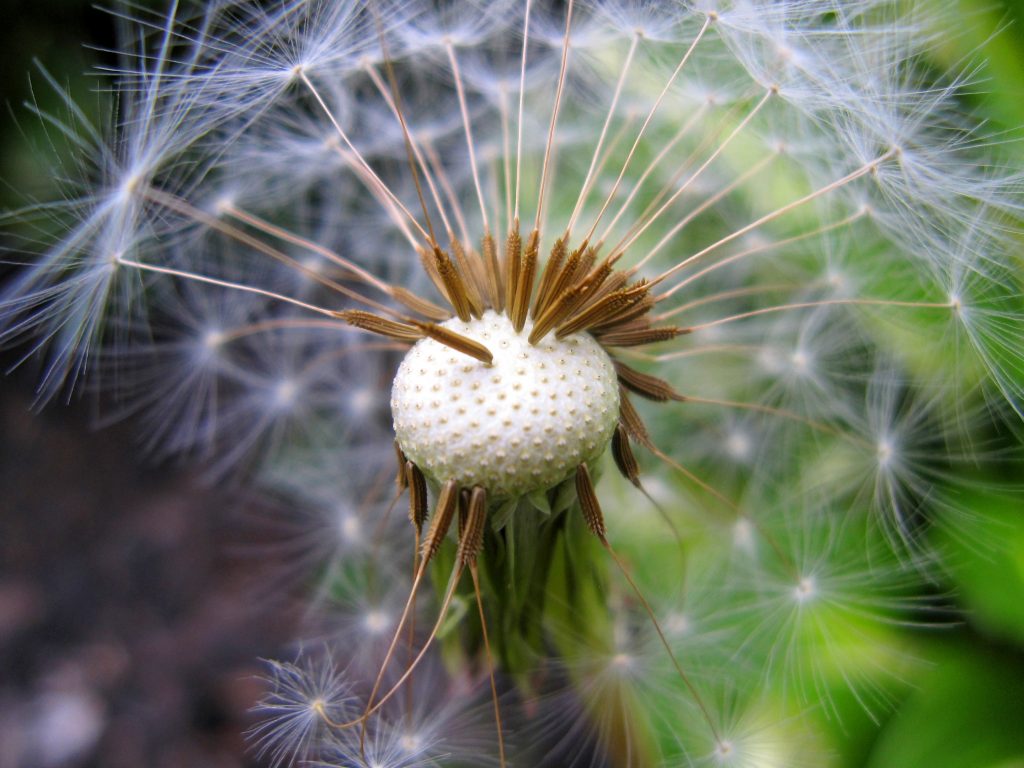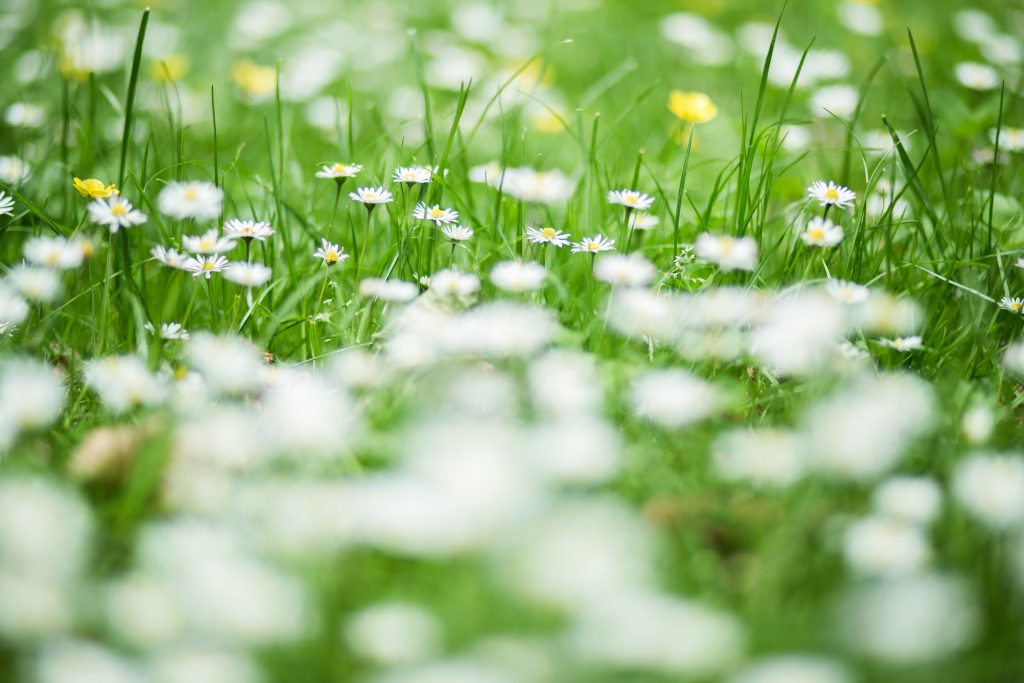Plants are always popping up in your yard and our first thought is that it must be a weed. Most of the time we are right for that assumption, but not always. Some of these plants could be wildflowers that bees need to survive and boost our local ecosystem. They also can add some gorgeous color to your area.
Weeds

How do we define a weed? It is an unwanted plant, but it also competes with your existing flowers and other plant life for resources. An easy example is a clover in your lawn. It may not seem like that big of a deal at first, but over time the clovers will take over as they compete with your grass.
Did you know that you can’t just pull the weed and be done with them? A great example is the dandelion. Dandelions have deep root systems that continue growing even after it has been pulled.
Weeds vs. Wildflowers
Some weeds produce flowers and are usually frequented by bees and other pollinators. They are still considered weeds instead of wildflowers. So what’s the difference between the two?

The biggest difference between weeds and wildflowers is how they grow. Weeds tend to spread once established, growing to consume as many additional resources as they can and spread their seeds as far as possible. Wildflowers are not as aggressive with their growth, instead growing densely in an area and spreading out from that area at a slower pace. Because of this is why wildflowers are not generally as competitive with existing plants.
Invasive Plant Species
First, let’s clarify that both weeds and wildflowers can be considered invasive. Even some of the plants you buy at nurseries are considered invasive in some regions. What makes an invasive plant species? An invasive plant species is one that is not native to the area, so other species aren’t able to compete with it as effectively as they would with plants that are native to the area.
This can be very problematic!!! Invasive species normally have different resource needs that the native species as they grow and spread. If they grow to much in one area they can shift the balance of the local ecosystem which can be bad for local species.
Comments are closed